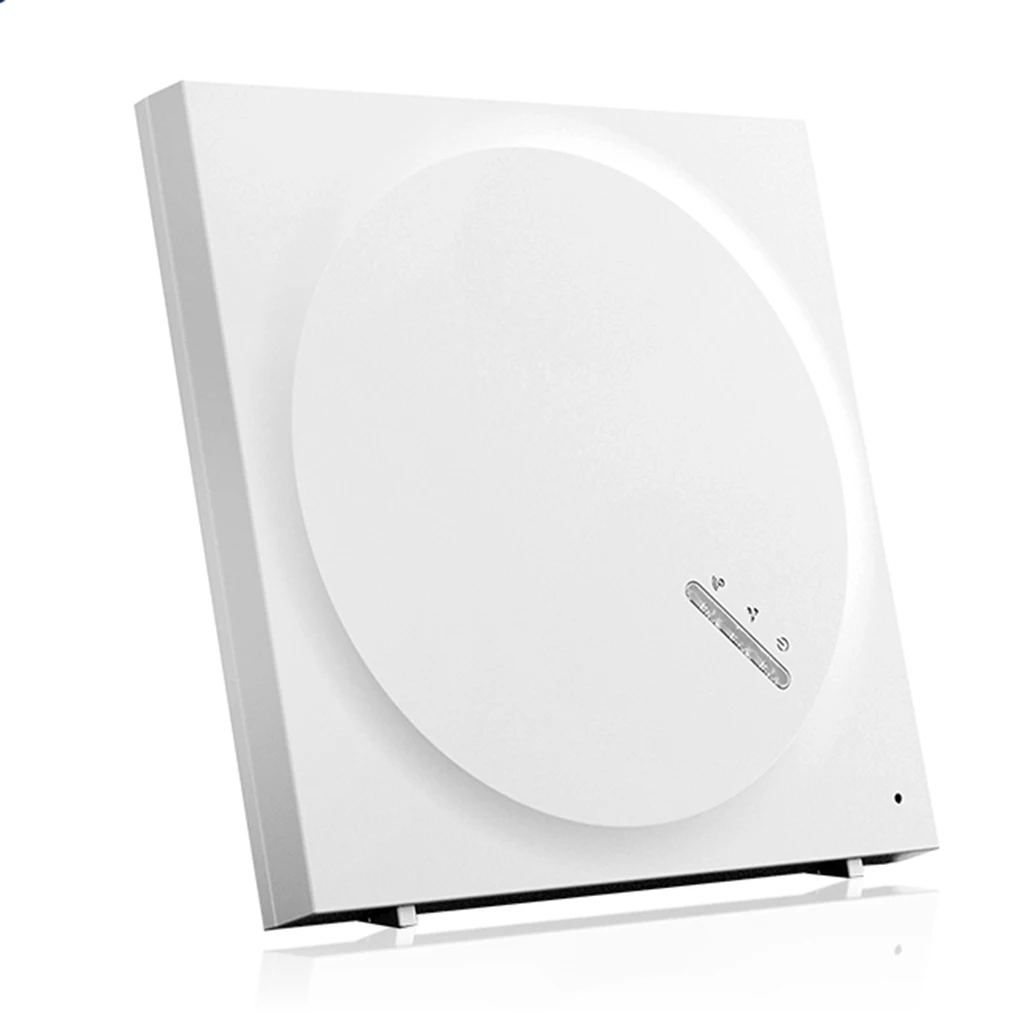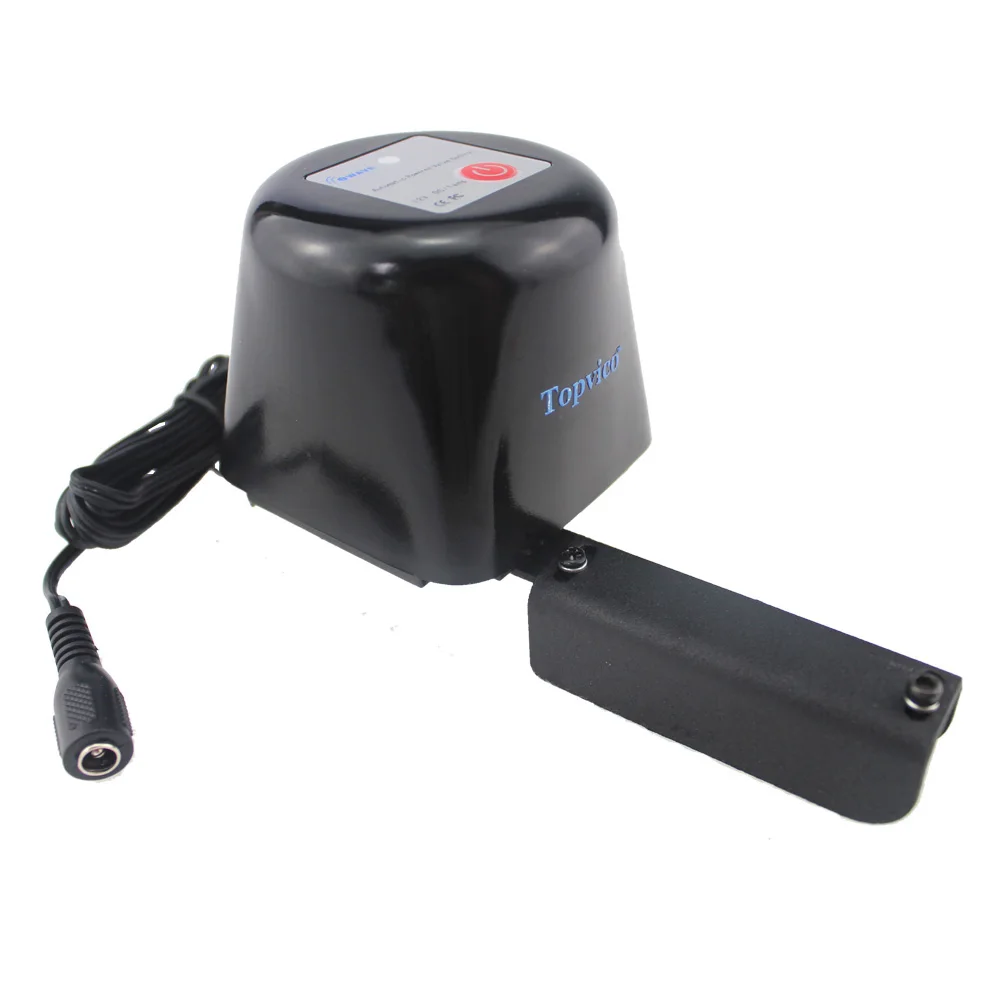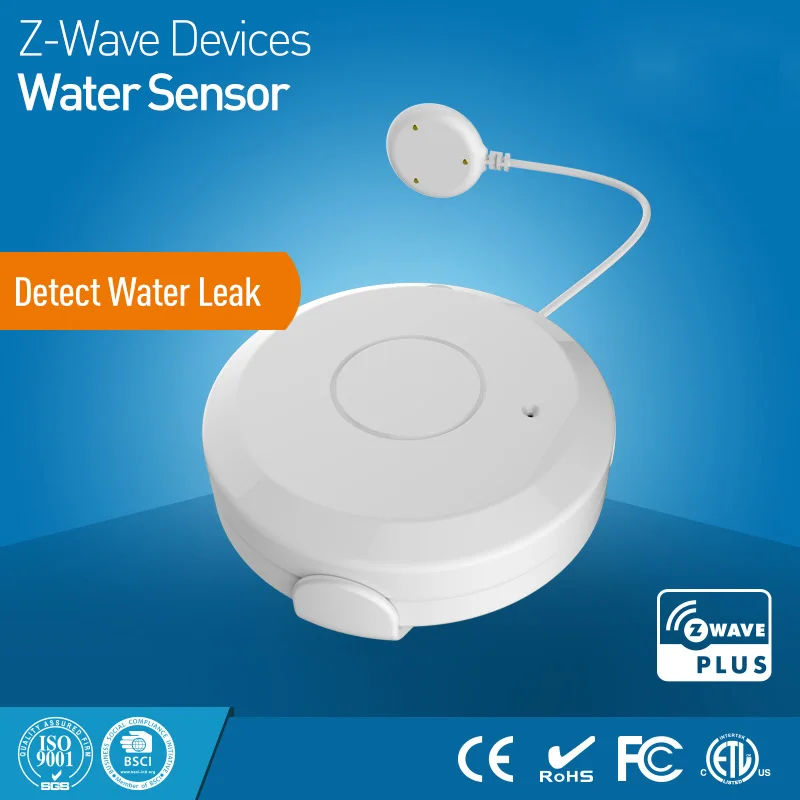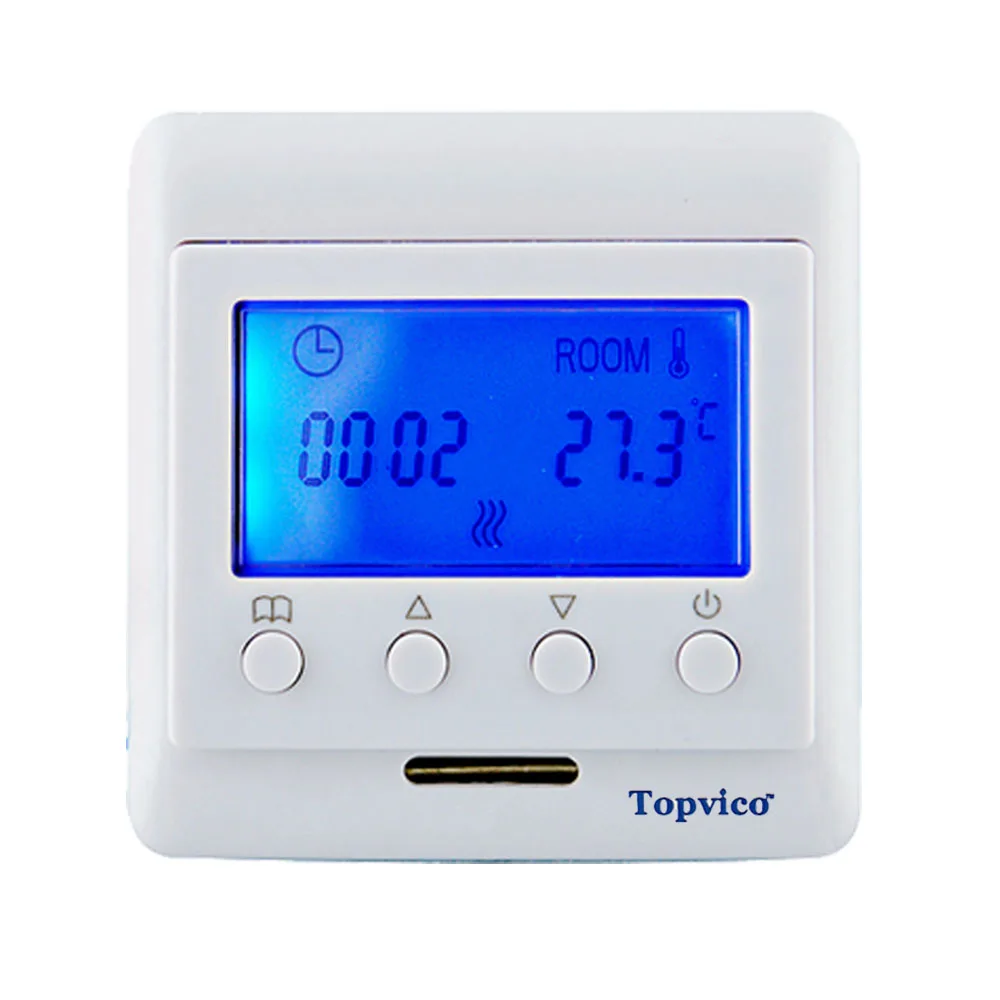

- #Zwave home control install#
- #Zwave home control update#
- #Zwave home control pro#
- #Zwave home control software#
- #Zwave home control code#
Installing ZWave2MQTT as docker container

Note: These issues are heavily dependant of the Linux distribution and Raspberry PI HW versions. now after boot it seems that docker can be installed properly ( apt-get upgrade) and all seems to be ok! That can be done by editing ‘ /boot/cmdline.txt‘ and adding following lines in it: cgroup_enable=memory cgroup_memory=1 swapaccount=1 This is an kernel issue that can be solved by enabling cgroup memory and swap account.
#Zwave home control code#
Installed docker-ce package post-installation script subprocess returned error exit status 1Įrrors were encountered while processing:Į: Sub-process /usr/bin/dpkg returned an error code (1)īy looking more closely the error by calling ‘ journalctl -u rvice‘ it seems like my kernel does not support cgroup memory limit: Sep 13 17:38:11 raspberrypi dockerd: time="T17:38:11.933758328+01:00" level=warning msg="Your kernel does not support cgroup memory limit"

However, on my Raspbian OS and Raspberry Pi 3B+ I got following docker-ce installation error: dpkg: error processing package docker-ce (-configure): That can be done that by calling following commands: cd ~
#Zwave home control install#
Installing dependenciesīefore start installing ZWave2MQTT, I need to install docker, docker-compose and all the dependencies needed by those softwares.
#Zwave home control update#
But before going into that, I’m changing the default password to something else by calling command ‘ passwd‘ and then upgrading the system with ‘ apt update & apt dist-upgrade‘.Īlso device name and timezone should be configured properly using command ‘ raspi-config‘. I’m installing ZWave2mqtt as a docker container to easily manage it’s backups in case of broken SD card. Ok, so the Raspbian OS is now booted up and ready to run. At least 5V/2A is needed without any external devices added. Another thing is to have strong enough power supply. SD card is not reliable enough in a long run and might get easily corrupted or even broken while doing constant writing to the SD card memory. Note: I’m currently using SD card, but might be swapping to SSD later on. Just to enable SSH by creating an empty file named ‘ssh’ into SD-card ‘boot’.Īll done! Flashing is nice and easy with Raspberry PI Imager software. I decided to use plain Raspberry Pi OS Lite to avoid unnecessary packages along with crappy UI features, since I won’t be having any display connected to the device.ĭownloading the image and flashing it with RaspberryPi Imager to 32GB SD-card worked alright. Raspberry PI as Z-Wave gateway Choosing Raspberry Pi imageįirst things first, a proper raspberry pi image is needed. It will ‘convert’ my Z-Wave devices to MQTT/Home Assistant compatible and forward those to my MQTT broker at home.
#Zwave home control software#
For software part, ZWavej s 2mqtt should do the trick. I have an old Raspberry Pi 3B+ lying around on the table so I decided to use that along with a new Aeotec Z-Wave stick gen5. My devices are directly communicating with my one and only Home Assistant instance running back home, therefore I will need a physical gateway to forward my Z-Wave network data to another location.

I’m currently not having a separate Home Assistant instance running in my summer home, but a VPN connection to home directly instead. That means one more device (Z-Wave gateway) at my summer home, but also enables me to use other Z-Wave devices as well like smart smoke detector. Comes with Z-Way software but can also run with third party solutions.By choosing HeatIt Z-Wave thermostats to be used to control heating at summer home I need to install a Z-Wave network at my summer home. The smallest Z-Wave dongle turns a PC, NAS or STB into a Smart Home Gateway. No programming skills? Use many examples or use a code generator. Fully programmable and allows you to write your own code in Arduino-like language. The perfect tool to customize your home.īased on Z-Uno.
#Zwave home control pro#
Pro version is equipped with a sophisticated external antenna to provide better radio coverageīuild a custom device using Arduino-like style. Comes with Z-Way software but can also run with third-party solutions. Perfectly fits on your Raspberry Pi and converts it into a Z-Wave Smart Home Gateway.


 0 kommentar(er)
0 kommentar(er)
